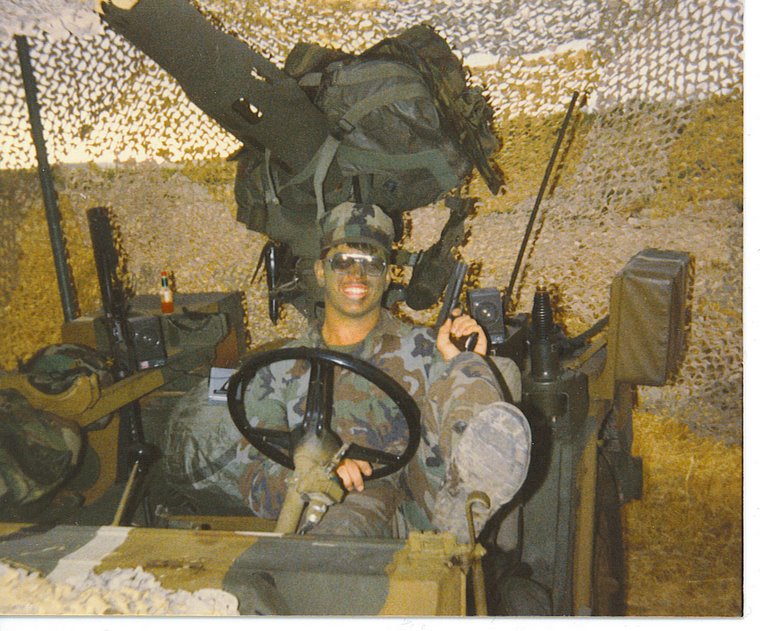Just so people don't think that I only do USA
In March 1942 Mexico declared war on Germany and Japan. This was more than just a gesture of support for the United States in its struggle with the Axis, for Mexican ships had been sunk by enemy action. Nor was the declaration merely a symbolic one, for Mexico ultimately made a valuable, if modest, contribution to the military defeat of the enemy.
With the cooperation of the United States, the Mexican Air Force organized a special air wing of three squadrons.
| Squadron | Function |
| 201st | combat |
| 202nd | replacement training |
| 203rd | primary training |
Initially The Mexican airmen trained with the famed AT-6. They were subsequently equipped with P-40s, but went into combat after having transitioned to P-47s.
In July 1944 the 201st Squadron (“Aguilas Aztecas” – Aztec Eagles) arrived in the US for advanced flight training in P-47s. Upon completing training, the squadron departed for the Philippines in March 1945. Attached to the 58th Fighter Group, Fifth Air Force, and based at Clark Field on Luzon, the 201st Squadron performed reconnaissance, ground attack, and close air support operations against Japanese forces in the Philippines and on Formosa until August. Shortly before the surrender of Japan the squadron was reassigned to the Thirteenth Air Force and transferred to Okinawa in anticipation of participating in the Invasion of Japan. The squadron was still in Okinawa when Japan surrendered.
The 210th Squadron performed 785 combat sorties during the Philippine Campaign, during which only one man was killed by enemy action, and four others in operational accidents, and others had died in training.
The Aguilas Aztecas returned to Mexico in the autumn of 1945, and were disbanded on November 22nd.


